Synthetic Pot Popular Among Teens May Be Linked To Strokes
 Get
Get
A synthetic marijuana popular among teens may cause strokes, a University of Southern Florida study found.
USF Neurologists published news of the possible link in the journal
Neurology after a brother and sister, 26 and 19, suffered acute ischemic strokes shortly after smoking the synthetic marijuana street drug known as "spice" or K2. The researchers ruled out any undiagnosed genetic condition that would predispose the siblings to strokes at such a young age.
“We rigorously looked for those and didn’t come up with anything,”
senior study author W. Scott Burgin said. “To the best of our knowledge,
what appeared to be heart-derived strokes occurred in two people with
otherwise healthy hearts. So more study is needed.”
Burgin told the Tampa Bay Times that since submitting to the journal, he has seen two more cases of stroke in unrelated patients that were likely spice-induced.
Banned in 43 states and undetectable in toxicology screenings, spice
is made of a mixture of herbs doused in “a solution of designer
chemicals” that mimic a cannabis high when consumed. But Burgin warned
that the synthetic drug can be even more potent than real marijuana
because of the more complete way its psychoactive ingredient binds to
the brain’s cannabinoid receptors.
“You don’t know what you’re getting when you smoke synthetic
marijuana,” Dr. Burgin said of the product sold mostly underground and
without any ingredients list. “It’s like the Wild West of pharmaceuticals, and you may be playing dangerously with your brain and your health.”
This isn’t the first time synthetic marijuana has been linked to
serious health risks. A study in February out of the University of
Alabama at Birmingham linked the product to acute kidney injury.
In spite of the risks, the synthetic cannabis is immensely popular
among teens. A 2011 survey conducted by the National Institute on Drug
Abuse found that second to only real marijuana, it was the most used illicit drug among high school seniors.
While the chemical similarities between synthetic and real pot remain
unclear, the study’s findings may inspire researchers to continue
research into real marijuana’s possible link to strokes. A study out of
New Zealand in February reported a possible increased risk of stroke from cannabis use,
but the findings were widely considered inconclusive because the
researchers did not control for tobacco use, which doubles the risk of
stroke.
“In any event, if marijuana can cause ischemic stroke, and if
anything pot can do spice can do better, neurologists will likely
encounter increasing numbers of spice-associated strokes in the years ahead,” said Columbia University neurology professor John C. M. Brust.
Source:
www.huffingtonpost.com


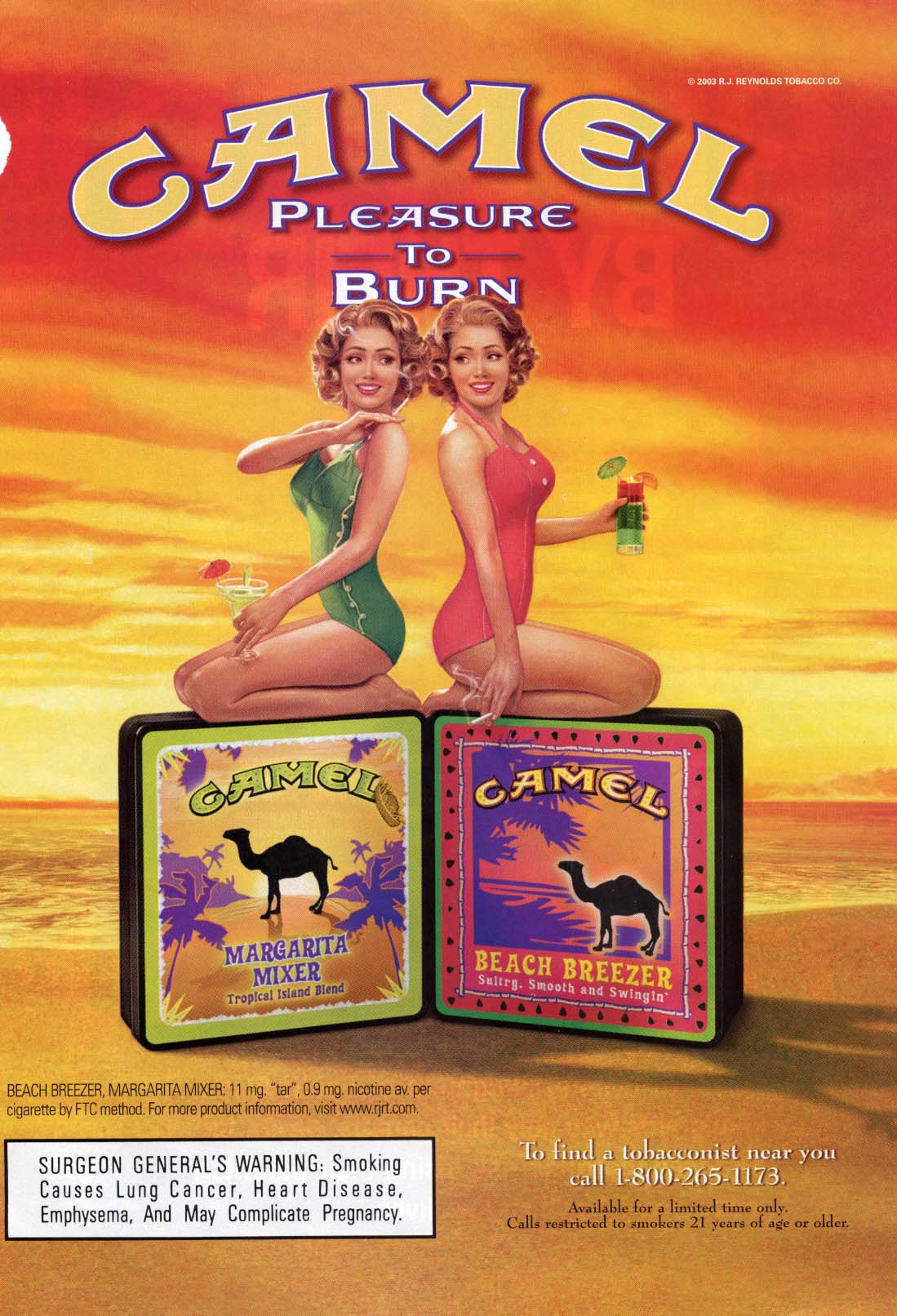
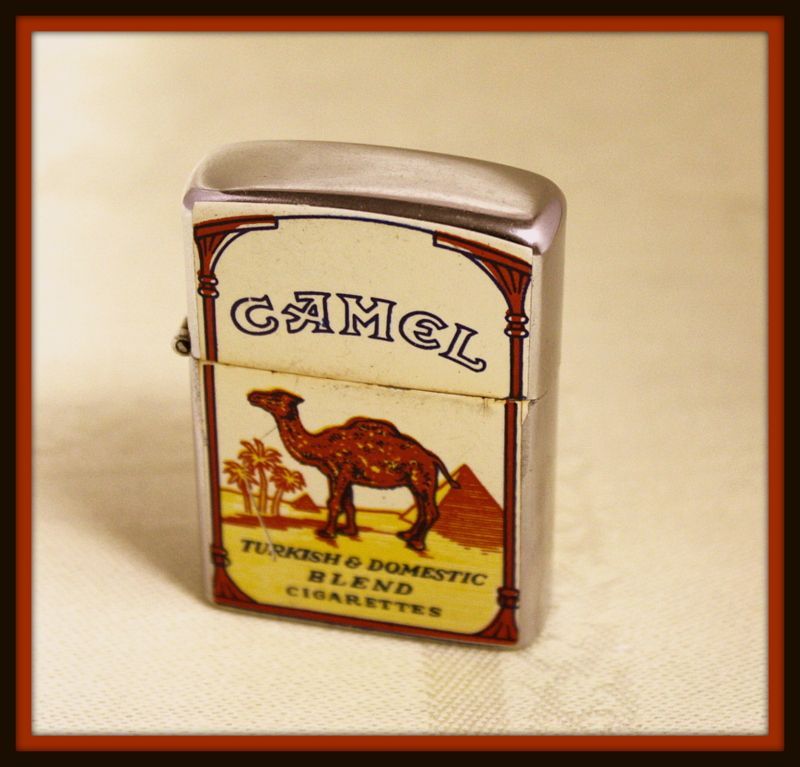






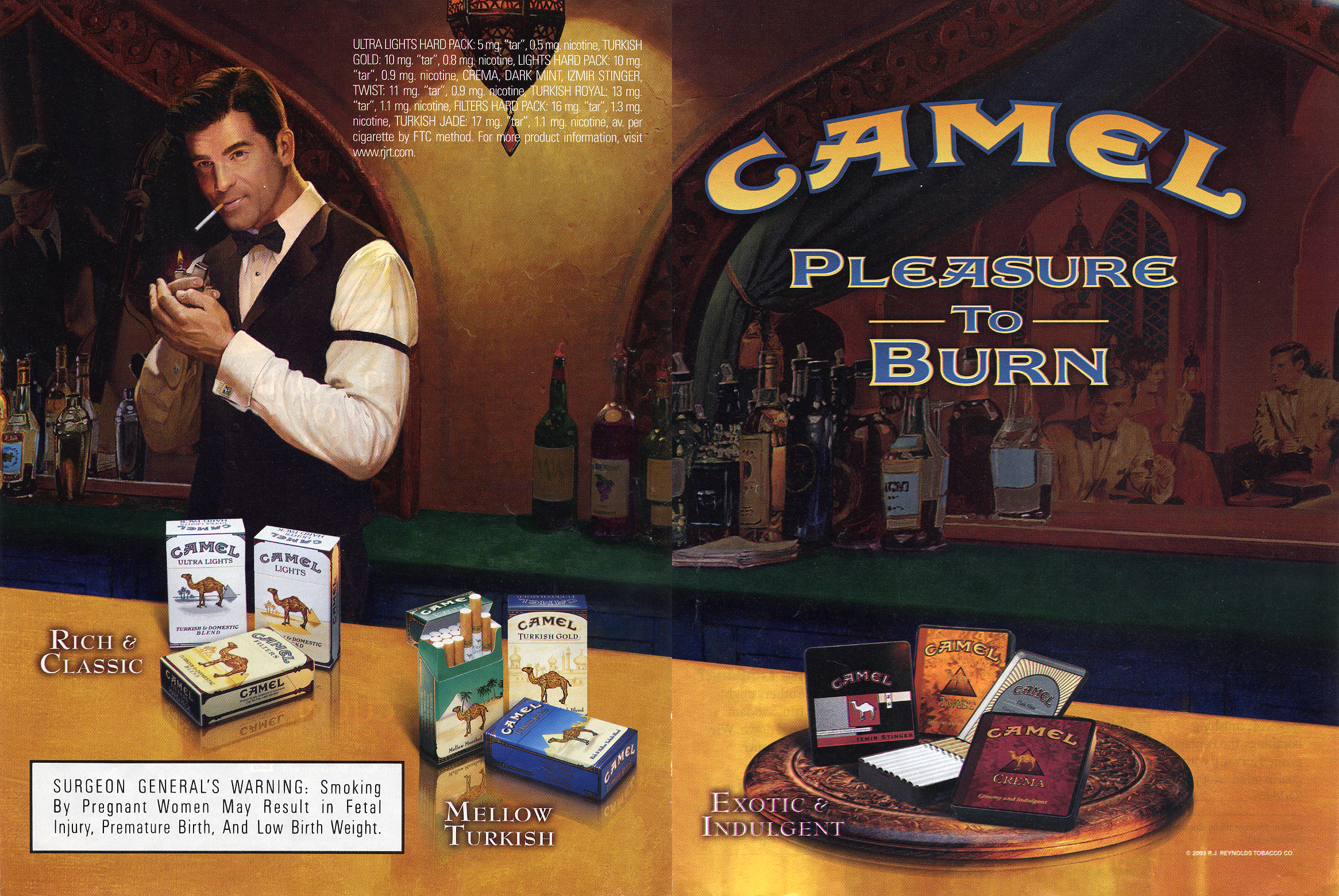



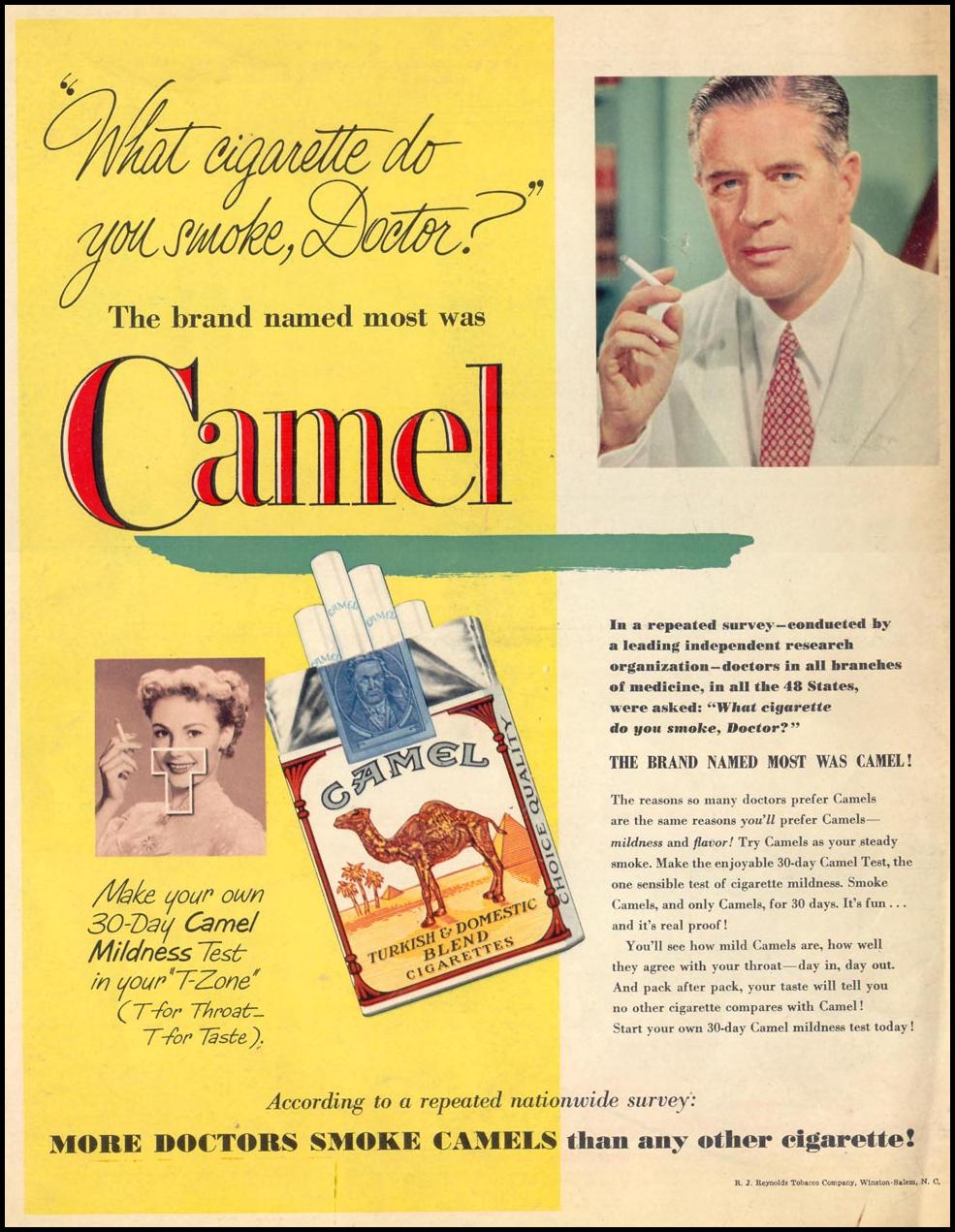
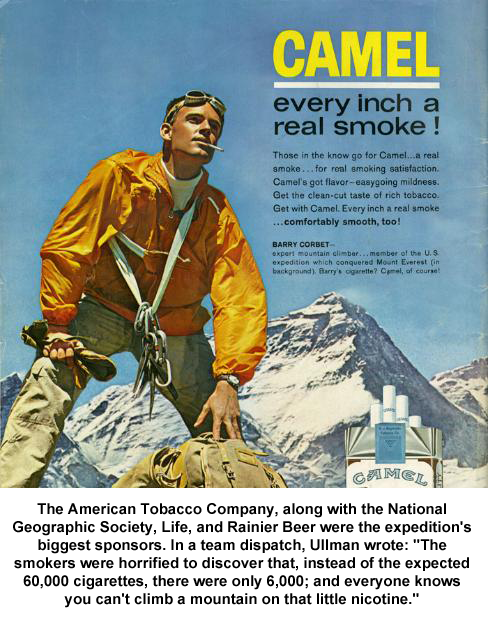








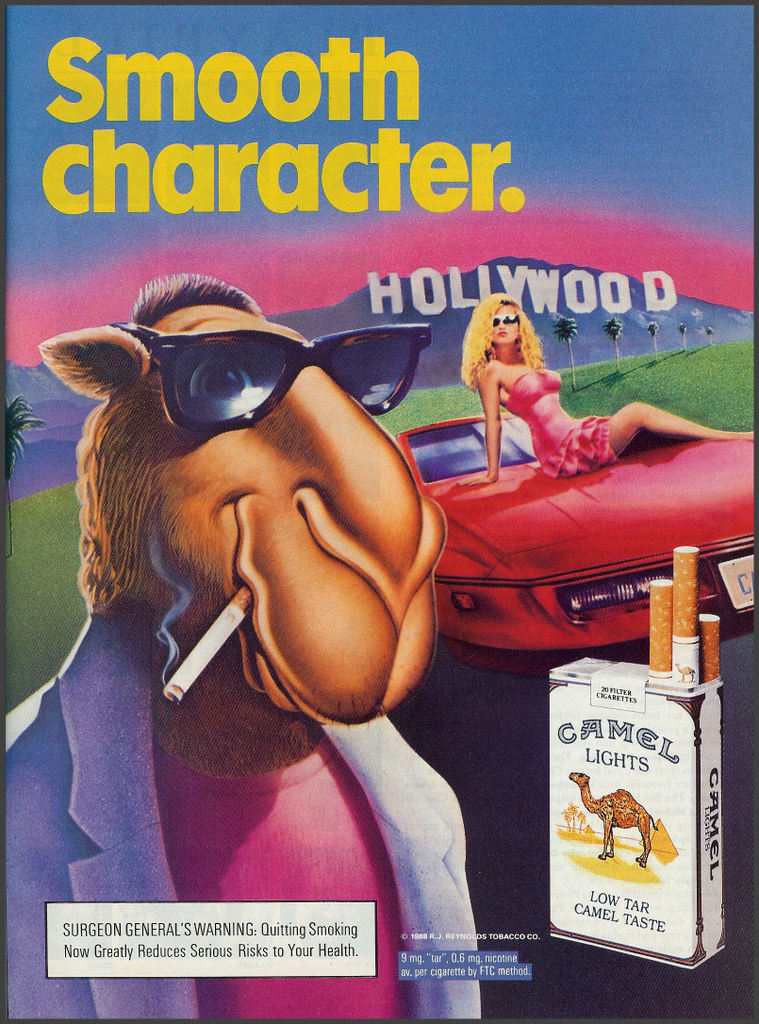





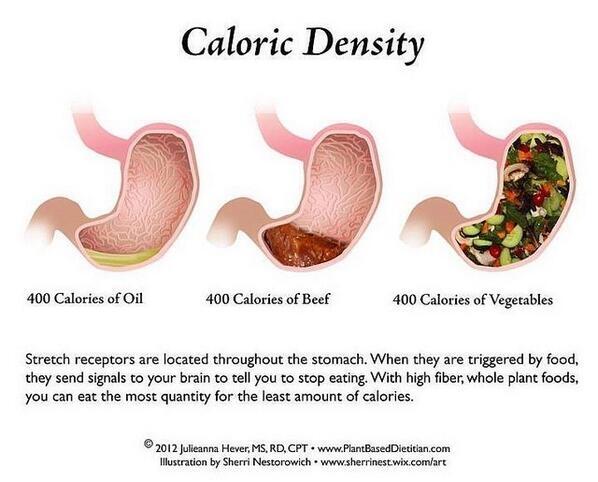


 Get
Get